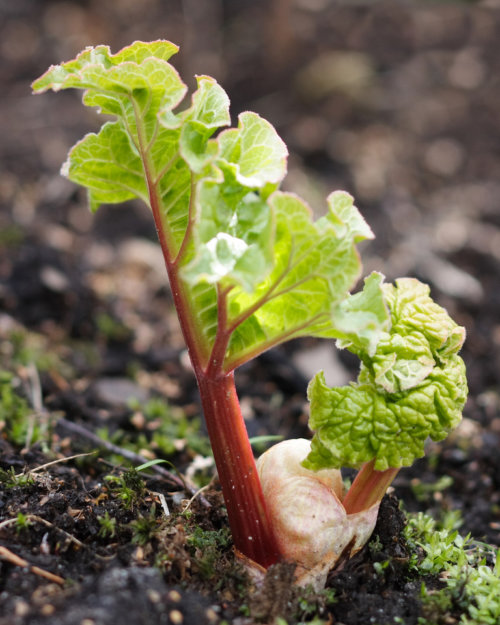Why Rhubarb Turns Poisonous
If you’re already looking ahead to your Spring garden, take note of how to handle rhubarb, one of those traditional Americana flavors that’s beloved and hated in equal measure. Typically, rhubarb recipes simply call for rhubarb’s pink-red stalks; most know that the leaves are high in oxalic acid and are extremely poisonous, and shouldn’t be eaten under any circumstances. So contentious is its reputation that rhubarb even grows at Alnwick Garden— better known as the Poison Garden.
But after a hard frost, there are new concerns that the oxalic acids can migrate from the leaves to the stem– putting even cautious cooks at risk. (A less serious but equally notable concern is that the stems become soft and bland.) Thus, the new advice for chef gardeners is to discard rhubarb that has suffered through below freezing temperatures and allow the plant to re-grow (this way harvest will be safe to eat).
Not sure how to introduce Lil’ Sprouts to the controversial world of rhubarb? We love it best served in a galette, cooked up with butter and placed snugly in a pie crust.



































